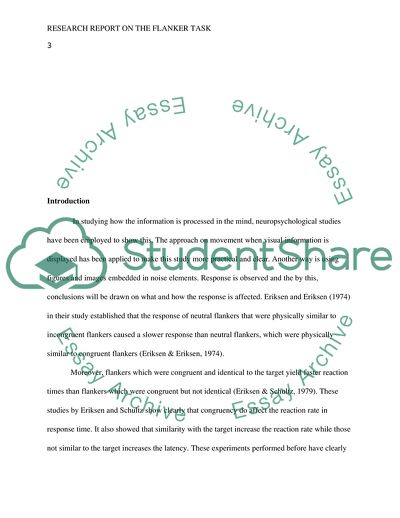Cite this document
(How the Information is Processed in the Mind Report, n.d.)
How the Information is Processed in the Mind Report. https://studentshare.org/psychology/1790240-research-report-on-the-flanker-task
How the Information is Processed in the Mind Report. https://studentshare.org/psychology/1790240-research-report-on-the-flanker-task
(How the Information Is Processed in the Mind Report)
How the Information Is Processed in the Mind Report. https://studentshare.org/psychology/1790240-research-report-on-the-flanker-task.
How the Information Is Processed in the Mind Report. https://studentshare.org/psychology/1790240-research-report-on-the-flanker-task.
“How the Information Is Processed in the Mind Report”. https://studentshare.org/psychology/1790240-research-report-on-the-flanker-task.


